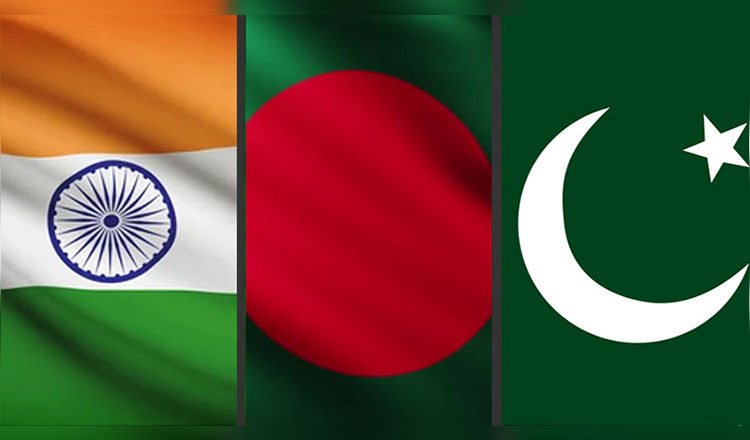Trump’s new tariffs hit India at 25%, while Pakistan (19%) and Bangladesh (20%) get breaks. Impact on Indian exporters and shifting competitive edge.
Countries with Lower U.S. Tariffs Than India — What It Means
🇵🇰 Pakistan: 19% Tariff
- After agreeing to an energy and trade deal with the U.S., Pakistan secured a 19% tariff, down from a previously proposed 29% or higher.
- This preferential rate gives Pakistan an export advantage in sectors like textiles, chemicals, and agriculture.
🇧🇩 Bangladesh: 20% Tariff
- Bangladesh negotiated a tariff cut from 37% to 20% on garments—a major reprieve for its $40 billion apparel industry.Reuters
- The lower duty makes Bangladeshi products more competitive than Indian counterparts in the U.S. market.
Other South Asian Tariffs (for comparison)
- India: 25%
- Pakistan: 19%
- Bangladesh: 20%
Bulk of ASEAN nations (e.g. Indonesia, Philippines, Thailand) secured rates between 19%–20%.
The Competitive Fallout for India
Export Tension & Market Loss
- Indian exporters face higher U.S. duties, reducing margins and pricing flexibility.
- Neighbouring countries with lower rates are better positioned to attract American buyers, especially for garment and electronics goods, where U.S. sourcing is flexible.
Shifts in Supply Chains
- Brands are already eyeing sourcing shifts to Bangladesh, Pakistan, and ASEAN for lower-cost alternatives.Vogue Business
- India’s loss of preferential status makes it less attractive despite scale and infrastructure.
Sectoral Impacts
- Textiles, ready-made garments, auto parts, leather, seafood: facing steep declines in U.S. demand.
- Firms tied to the American market may need to reduce staff or revisit strategy rapidly.
Strategic Response: India’s Adaptive Approach
Diversification Beyond U.S. Markets
- The Engineering Export Promotion Council (EEPC) is pushing diversification into Europe, Africa, and Southeast Asia to offset losses.
- Efforts are underway to deepen trade with EU, Japan, Middle East for medium-term stability.
Negotiation Leverage & Trade Diplomacy
- While Pakistan and Bangladesh negotiated reduced duties, India continues to demand reciprocal equity, linked to its BRICS and energy alignments.
- Talks are ongoing, but with limited immediate relief.
Domestic Policy & Incentive Shifts
- Indian government may accelerate Make in India, export subsidies, and alternative trade pacts (e.g. RCEP, post-EFTA discussions).
Summary Snapshot
| Country | U.S. Tariff Rate | Impact for Indian Goods |
|---|---|---|
| India | 25% | Most affected; lowest margin |
| Pakistan | 19% | Strong competitiveness vs India |
| Bangladesh | 20% | Less disrupted; retains export edge |
Why This Matters
India now faces a diplomatic and market disadvantage relative to neighbours. Amid high-than-average U.S. tariffs, its exporters must adapt swiftly. Otherwise, global sourcing may bypass Indian suppliers altogether—especially in labour-intensive sectors.
What to Watch Next
- India-US “mini trade deal” negotiations may moderate tariffs over time.The Economic Times.
- Brand sourcing shifts over the next 6–12 months may favour countries with preferential rates.
- Indian MSMEs and exporters must pivot to new markets or innovate to retain competitiveness.

